Q
What is the Rim Size of BYD Sealion 7?
The wheel size of the BYD Sealion 7 is 20 inches. This specification is a mainstream configuration among mid - sized electric SUVs in the Malaysian market, which can balance comfort and sportiness. At the same time, it provides good support and visual effects for the vehicle. 20 - inch wheels are usually paired with low - aspect - ratio tires, which helps to improve handling accuracy. However, car owners need to pay attention to the grip performance on slippery roads in Malaysia's rainy climate. It is recommended to regularly check the tire wear.
For consumers considering wheel upgrades, they need to ensure that the total diameter remains the same as the original factory setting to avoid affecting the accuracy of the speedometer and the vehicle's range performance. In addition, the regulations of Malaysia's JPJ regarding wheel modifications state that the diameter change should not exceed 15mm from the original factory specification and must pass certification.
If you pursue higher comfort, you can consider choosing 19 - inch wheels with higher - aspect - ratio tires, but this may slightly affect the steering response speed. When choosing wheels for electric vehicles, the impact on the driving range also needs to be considered. Usually, larger and heavier wheels will slightly increase energy consumption. It is recommended that car owners make a trade - off based on their daily usage scenarios.
Special Disclaimer: This content is published by users and does not represent the views or position of PCauto.
Related Q&A
Q
What segment does the BYD Sealion belong to?
The BYD Sealion is an electric vehicle positioned as a mid - sized SUV (D - Segment). It is mainly targeted at family users and consumers who pursue a sense of technology. Its body size and interior space meet the mainstream standards of this segment, which suits the Malaysian market's demand for practicality and comfort.
As a product of BYD's e - Platform 3.0, the Sealion is equipped with blade batteries and an intelligent electric four - wheel drive system. Its range and power performance are competitive in the same segment. Moreover, it supports fast - charging technology, which meets the local users' expectations for the convenience of electric vehicles.
In the Malaysian market, the mid - sized SUV segment is highly competitive. The entry of the Sealion provides consumers with more new - energy options. Its intelligent features, such as the DiPilot driving assistance system and the rotatable central control screen, also align with the local users' preference for technological configurations.
It's worth noting that the Malaysian government offers tax incentives for electric vehicles, which makes electric models like the Sealion more price - attractive. In addition, vehicles in this segment usually meet both the needs of urban commuting and light off - road driving, making them suitable for the diverse local driving scenarios.
Q
What is the Reslae Value of BYD Sealion?
As a new energy SUV, the second-hand resale value of the BYD Sealion in the Malaysian market will be influenced by various factors such as brand awareness, battery life, local after-sales network, and policy support. Currently, thanks to BYD's global advantage in electric vehicle sales and its battery technology accumulation, the residual value performance of its models in overseas markets is becoming more stable. However, when it comes to the Malaysian market, the resale value of the Sealion needs to refer to the data from local second-hand car platforms. Usually, it depreciates about 20 - 30% in the first year, which is lower than that of fuel vehicles in the same class. Since electric vehicles have lower maintenance costs and are supported by government tax incentives, in the long run, battery health (usually with an 8-year/150,000-kilometer warranty) and the popularity of charging facilities will become the key influencing factors. It is recommended that before purchasing a car, you compare the second-hand market conditions of models like the Tesla Model Y or Proton X90 in the same class, and keep an eye on the policy trends of new energy vehicles in Malaysia, such as import tax exemptions or charging subsidies. These will indirectly increase the demand for second-hand cars. Regular maintenance records and a complete transfer of the warranty can also significantly improve the residual value.
Q
What is the motor power of the BYD Sealion?
The BYD Sealion is a plug - in hybrid SUV with an engine displacement of 1498cc (1.5 liters), which falls within the common displacement range in the compact SUV market. It's well - suited for the daily commuting and family use of Malaysian consumers. As a new - energy vehicle, the Sealion combines the advantages of a traditional fuel engine and an electric motor, offering lower fuel consumption and higher environmental - friendliness while maintaining sufficient power output.
In the Malaysian market, the hybrid system of the BYD Sealion is particularly suitable for local road conditions. It can handle urban traffic congestion and meet the needs of long - distance driving. Moreover, BYD is a globally leading new - energy vehicle brand, and its technological maturity and reliability are widely recognized. The battery and electronic control system of the Sealion have also undergone strict tests to adapt to tropical climate conditions.
For Malaysian consumers, choosing the BYD Sealion not only allows them to enjoy the government's preferential policies for new - energy vehicles but also enables them to experience advanced hybrid technology. It's an ideal vehicle that combines practicality and environmental protection.
Q
What is the Engine applied in BYD Sealion?
The BYD Sealion is equipped with BYD's self-developed third-generation DM-i super hybrid system. Its core power consists of a high - efficiency 1.5L naturally aspirated engine and an electric motor. The maximum power of the engine is 81kW. When combined with the electric motor, the comprehensive output power can reach over 160kW, balancing fuel economy and power performance, which is suitable for both urban commuting and long - distance driving in Malaysia.
This engine adopts the Atkinson cycle technology with a thermal efficiency as high as 43%, significantly reducing fuel consumption. At the same time, it is paired with an E - CVT continuously variable transmission, providing a smooth driving experience. It's worth mentioning that BYD's DM - i technology is mainly driven by electricity, and the engine is mostly used as a high - efficiency generator. Therefore, in pure - electric mode, it can achieve quiet and zero - emission driving, while in hybrid mode, it has excellent range, which is very suitable for the diverse road conditions and environmental protection trends in Malaysia.
In addition, BYD also provides a long - term warranty for the battery pack, so users don't have to worry about battery durability issues. For Malaysian consumers, the BYD Sealion not only has the advantage of low operating costs but also can enjoy the local government's tax incentives for new energy vehicles. It is a hybrid model worthy of attention.
Q
When is the Launch Date of BYD Sealion?
The BYD Sealion was launched in Malaysia from February 23rd to 25th, 2024. Prior to that, pre-orders were officially opened on January 19th, and the estimated price is RM200,000. The vehicle comes in multiple versions. For example, the standard version is equipped with a Single Motor and an RWD (Rear-Wheel Drive) system, with a pure-electric range of 550 km; the long-range version also features a Single Motor and an RWD system, but its range reaches 700 km; the performance version is powered by a Dual Motor and an AWD (All-Wheel Drive) system, with a pure-electric range of 650 km.
It focuses on a sporty and youthful feel, adopting the "Ocean Aesthetics" design style. The interior is full of a sense of technology. It also supports DC fast-charging technology with a maximum power of 150 kW, and its safety is guaranteed by the "Blade Battery". Since its launch, it has attracted a lot of attention from consumers.
Q
What Are the Common Issues with the BYD Sealion? Learn Before You Buy!
Before buying the BYD Sealion, it’s worth looking into some potential issues reported by early owners.
Some users have mentioned battery system glitches and occasional powertrain faults. In a few cases, the vehicle pulled to one side even after a four-wheel alignment. There were also reports of abnormal noises from the front suspension, which, although resolved after multiple repairs, appeared fairly frequently.
Other concerns included intermittent charging problems at the slow-charging port, which service centers struggled to diagnose. One owner noted that the power tailgate once failed to close properly.
Interior complaints included seat sagging, rust on metal components, and malfunctioning memory seat functions that failed to recall saved positions. There were also isolated issues like mirror vibration noise, dashboard warning messages, driver monitoring failures, inconsistent behavior in the ADAS system, problems with the wireless phone charger, and unusual streak marks on the front bumper in rainy conditions.
That said, it's not unusual for new vehicles to have some teething problems. BYD is actively working to improve product quality and after-sales support. We recommend checking real-world user reviews and long-term ownership reports to make an informed decision based on your needs and expectations.
Q
What is the Size of the BYD Sealion Tyre? Check Standard Here!
The BYD Sealion is equipped with 18-inch rims, and its tire specification is 225/50 R18, with the same tire specifications for both the front and rear. This tire specification is carefully designed. The "225" indicates that the tire width is 225 millimeters. A wider tire can provide a larger contact area with the ground, thereby enhancing the vehicle's grip during driving, especially during acceleration, braking, and high-speed driving, making the vehicle's handling more stable and safe. The "50" represents the aspect ratio, which means the tire thickness is 50% of the width. A moderate aspect ratio balances comfort and handling, effectively filtering road bumps and bringing a comfortable driving and riding experience for the passengers inside the vehicle. The "R" stands for the radial tire structure. Tires with this structure have good heat dissipation and low rolling resistance, which can improve fuel economy or extend the driving range. The "18" refers to the rim diameter of 18 inches, which complements the overall body design and shows a dynamic style.
Q
What is BYD Sealion? Here's the Full Introduction for You!
The BYD Sealion is a pure-electric mid-to-large-sized sedan that emphasizes a sporty and youthful appeal. It features an eye-catching exterior design, including sharp LED headlight clusters, water ripple daytime running lights, an elegant Coupe-style sloping roof, 19-inch sporty alloy wheels, and droplet-shaped LED taillight clusters. The interior follows the "Ocean Aesthetics" design concept and is equipped with a 10.25-inch full LCD instrument panel, a leather multi-functional steering wheel, a 15.6-inch rotatable LCD entertainment system, ambient lighting, and an electronic gear lever, exuding a high-class and tech-savvy vibe.
In Malaysia, there are three trim levels available: Dynamic, Premium, and Performance. The entry-level Dynamic trim is powered by a rear-mounted electric motor with 204 horsepower. It can accelerate from 0 to 100 km/h in 7.5 seconds. The battery has a capacity of 61.4 kWh, offering a range of up to 460 km under the WLTP test standard or 510 km under the NEDC standard. The Premium trim also has a rear-mounted single motor, but with 313 horsepower. It can achieve 0-100 km/h acceleration in 5.9 seconds. The battery capacity is 82.5 kWh, providing a range of 570 km (WLTP) or 650 km (NEDC). The Performance trim comes with a dual-motor all-wheel-drive system, delivering even more powerful performance. Additionally, the Sealion supports a maximum DC fast-charging technology of 150 kW and is paired with the "Blade Battery", ensuring high safety standards.
Q
Need a Loan for BYD Sealion? Here's How to Calculate It!
To calculate the loan for the BYD Sealion, you can start from the following aspects. First, you need to clarify that the formula for calculating loan interest is Loan Interest = Borrowed Amount × Loan Term × Interest Rate. However, in reality, it will be more complicated due to compound interest and other fees.
Regarding loan plans, there are different down - payment ratios. Commonly, there are 20%, 30%, 40%, 50%, 60%, etc. The higher the down - payment ratio, the less the loan amount will be, and the monthly payment and total interest will also change accordingly. The repayment terms usually include options such as 12 months, 18 months, 24 months, and 36 months. With a short - term repayment term, the monthly repayment amount is high, but the total interest is low. The situation is the opposite for a long - term repayment term.
There are two repayment methods: equal - principal - plus - interest and equal - principal. For equal - principal - plus - interest, the monthly repayment amount is fixed, and the proportion of interest in the early stage is large. For equal-principal, the monthly repayment amount decreases, and the interest also decreases accordingly.
In addition, the interest rates of different banks and financial institutions vary. You should compare and choose the institution with a lower interest rate. At the same time, pay attention to whether there are additional fees such as handling fees and insurance premiums. By considering all these factors comprehensively, you can calculate a loan plan that suits your financial situation.
Q
What is the Top Speed of BYD Sealion? Click Here to Figure it out!
The top speed of the BYD Sealion can reach 180 kilometers per hour. This performance is sufficient to meet the daily driving and high-speed cruising needs of Malaysian users, while also taking into account fuel economy and environmental protection features. Considering the hilly terrain and congested urban roads in Malaysia, the Sealion's hybrid power system can flexibly switch between power modes. In pure-electric mode, it offers a quiet experience for short-distance commuting, and in hybrid mode, it can give full play to the advantages of combined power.
It's worth noting that the tropical climate in Malaysia places high demands on battery heat dissipation performance. BYD's blade battery technology has good thermal stability, and when combined with an intelligent temperature control system, it can effectively handle high-temperature environments. During actual driving, it is recommended that car owners regularly check the battery's health status and rationally plan charging arrangements during long-distance trips to fully unleash the vehicle's performance.
In addition, the Malaysian government offers tax incentives for new energy vehicles. Buying a vehicle like the Sealion allows owners to enjoy a certain degree of tax relief, making the Sealion more competitive in terms of cost-effectiveness.
Latest Q&A
Q
How big is Myvi fuel tank?
As one of the most popular national cars in Malaysia, the fuel tank capacity of the Perodua Myvi varies according to different generations and versions. The standard fuel tank capacity of the current third - generation Myvi (from 2017 to present) is 36 liters. It features a lightweight resin fuel tank design, which balances the fuel storage needs and the vehicle's body weight.
The fuel tank size of this B - segment model matches the fuel economy of its 1.3L/1.5L engines. It can provide a cruising range of approximately 450 - 550 kilometers under combined driving conditions, making it suitable for urban commuting and short - distance trips. It's worth noting that the actual available fuel tank capacity might be slightly less than the nominal value. This is because about 5% of the tank space is reserved for fuel expansion as a safety measure.
For owners planning long - distance drives, it is recommended to use the fuel efficiency display function on the Myvi's dashboard to monitor fuel consumption in real - time. Also, it's advisable to develop the habit of refueling when the fuel gauge shows that there is about 1/4 of the fuel left. This can prevent the fuel pump from overheating and also help deal with the situation where gas stations are far apart in some remote areas of Malaysia.
Some comparable models in the same segment, like the Proton Iriz, have a 40 - liter fuel tank. However, the actual cruising range needs to be considered in combination with the engine efficiency. Thanks to Perodua's mature powertrain tuning, the Myvi always maintains a competitive edge in terms of fuel economy.
Q
Does Myvi use CVT?
Yes, the Perodua Myvi does use CVT (Continuously Variable Transmission) technology in some models, especially the newer ones. For instance, the third-generation Myvi, launched in 2017, and its subsequent versions are equipped with D-CVT (Dual Mode Continuously Variable Transmission) to offer a smoother driving experience and better fuel efficiency. CVT technology optimizes engine performance through continuously variable gear ratios. Compared with traditional automatic transmissions, it can adapt to driving conditions more flexibly, thereby enhancing overall driving comfort. However, earlier Myvi models may have used a traditional 4-speed automatic transmission. So, whether a specific model is equipped with a CVT needs to be confirmed based on the model year and configuration. For Malaysian consumers, the advantages of CVT lie in its smoothness and fuel - saving performance during city driving, which is very suitable for the common local traffic conditions. But if you're looking for more direct power feedback, some drivers may prefer the manual transmission version. If you're considering buying a Myvi, it's recommended to check the official specifications or consult a dealer to confirm the transmission type. You can also take a test drive to see if the actual performance of the CVT meets your driving preferences.
Q
What kind of gearbox is Myvi?
The Myvi is equipped with a Dual Mode CVT (D-CVT) transmission, which is a dual-mode continuously variable transmission. Compared with traditional CVT transmissions, it has an additional gear for high-speed driving, which helps the vehicle achieve better fuel efficiency.
In daily driving, this transmission drives the vehicle in CVT mode. Thanks to the operation of the steel belt, the vehicle moves smoothly and linearly, enhancing comfort. What makes the D-CVT special is that it automatically switches to the gear mode when driving at high speeds. Different from CVT transmissions of other brands, when driving at high speeds, the engine speed of vehicles with ordinary CVT transmissions will increase, the engine noise will get louder, and the fuel consumption will rise. Moreover, the power will decline after exceeding the maximum horsepower speed. However, after the gear of the D-CVT engages, the engine speed decreases, allowing the engine to maintain a reasonable speed and providing the vehicle with continuous and abundant power.
Q
Are Myvi and vios the same engine?
Some models of the Myvi and the Vios use the same engine. Daihatsu and Perodua have a joint - venture engine production plant in Negeri Sembilan, Malaysia, which provides power for multiple models including the Vios. Some models of the Vios and the Myvi are equipped with the 1.5L Dual VVT - i engine. This engine features high efficiency, reliability, and economy. Although its power is not extremely strong (the official 0 - 100km/h acceleration time of the Myvi 1.5 is 10.2 seconds), its low fuel consumption and durability are well - loved by consumers. However, these two cars have different positioning and market targets. Even if they share the engine platform, there are differences in vehicle tuning, configuration, and the overall driving experience.
Q
How many cylinders are in the MYVI?
As one of the most popular national cars in Malaysia, the engine configurations of the Perodua Myvi vary according to different years and versions. Currently, the mainstream models are equipped with two types of Dual VVT - i four - cylinder naturally aspirated engines, namely the 1.3L (1NR - VE) and 1.5L (2NR - VE). Therefore, all Myvi models feature a four - cylinder design. This four - cylinder layout ensures smooth power delivery while taking fuel economy into account, making it highly suitable for the urban road conditions in Malaysia.
It's worth mentioning that four - cylinder engines, due to their simple structure and low maintenance costs, are widely used in B - segment models in the local market. For example, the Proton Saga and Honda City also adopt a similar layout. The 1.5L version of the Myvi can output 102 horsepower and 136 Nm of torque. Coupled with its lightweight body design, it can offer a well - balanced performance whether driving on the congested streets of Kuala Lumpur or cruising on the highway.
For readers who want to learn about engine technology, they can note that the Dual VVT - i system used in the Myvi can intelligently adjust the valve timing. This technology shared by Toyota helps to improve fuel efficiency by about 15%. That's why the Myvi has remained one of the most fuel - efficient cars in Malaysia for years.
View MoreRelated News
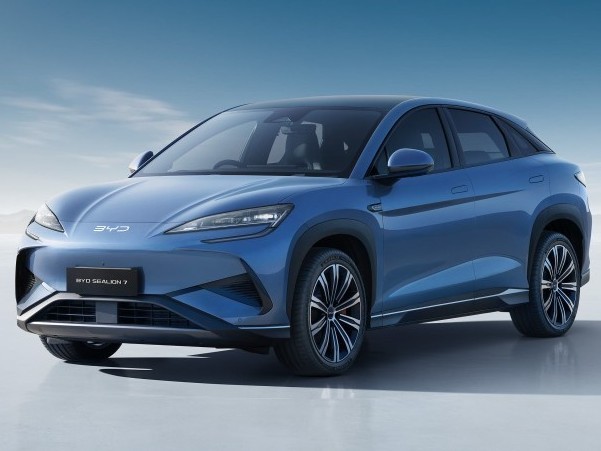
Best Value Pick! BYD Sealion 7 Delivers Excellent Range & Luxurious Features
MichaelApr 17, 2025

Try electric travel, which is more fun, BYD Sealion 7 or Xpeng G6?
MichaelDec 12, 2024
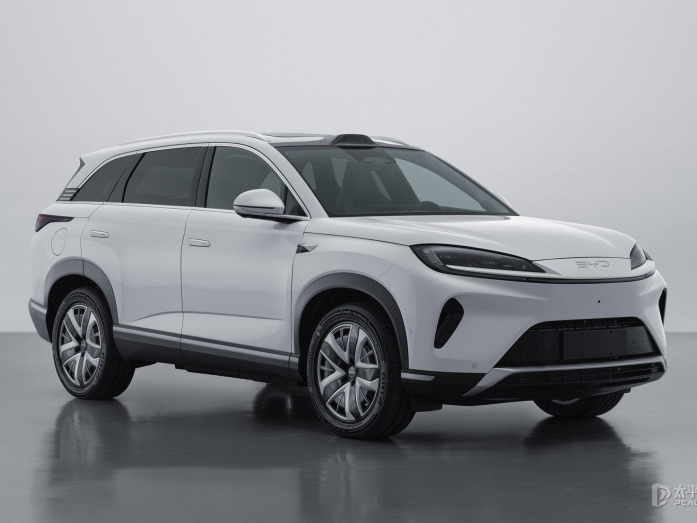
BYD Sealion 07 DM-i declaration image exposed: Fifth-generation DM technology, 0-100km in 4.9s!
LienDec 10, 2024
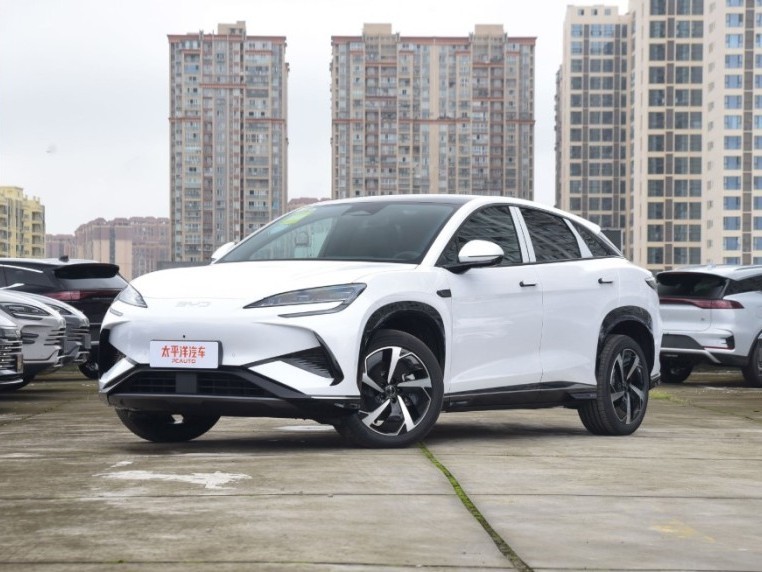
BYD SEALION 7 Thailand Motor Expo 2024 stealing the show: High cost-performance ratio, rich configuration!
JamesNov 29, 2024
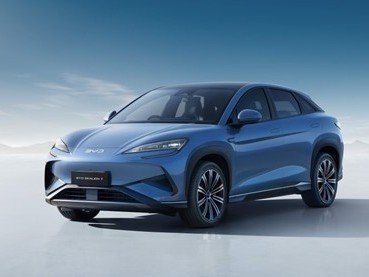
BYD SEALION 7 EV debuts in Malaysia, becoming the biggest competitor to Tesla Model Y
WilliamNov 20, 2024
View More

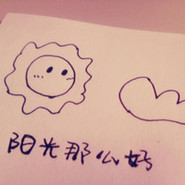


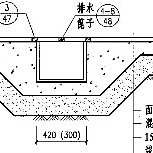


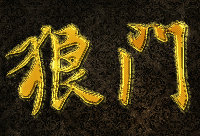
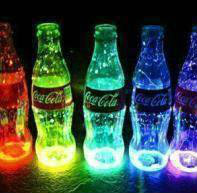
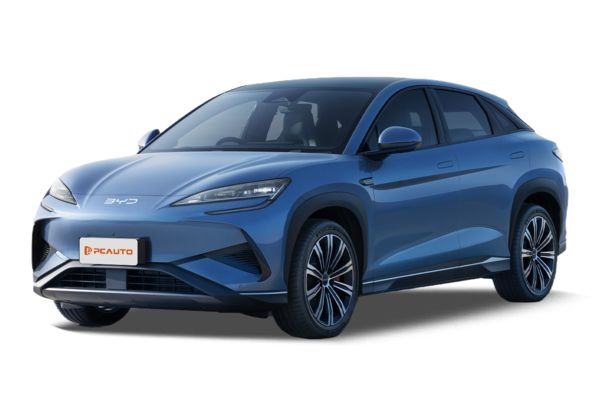





Pros
Cons